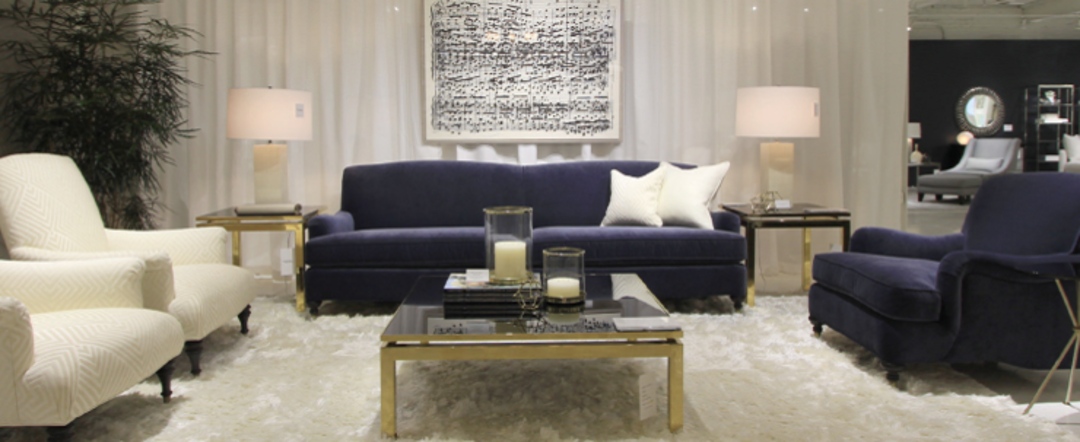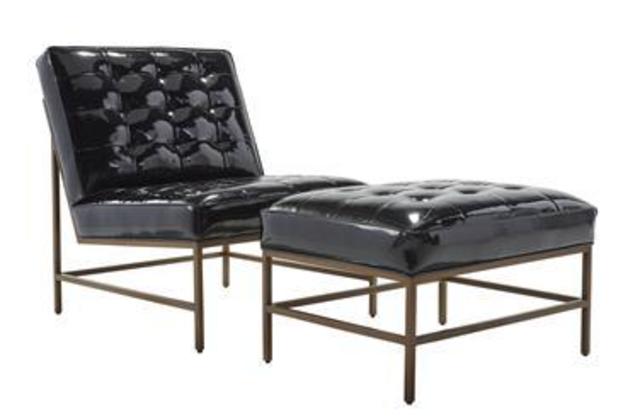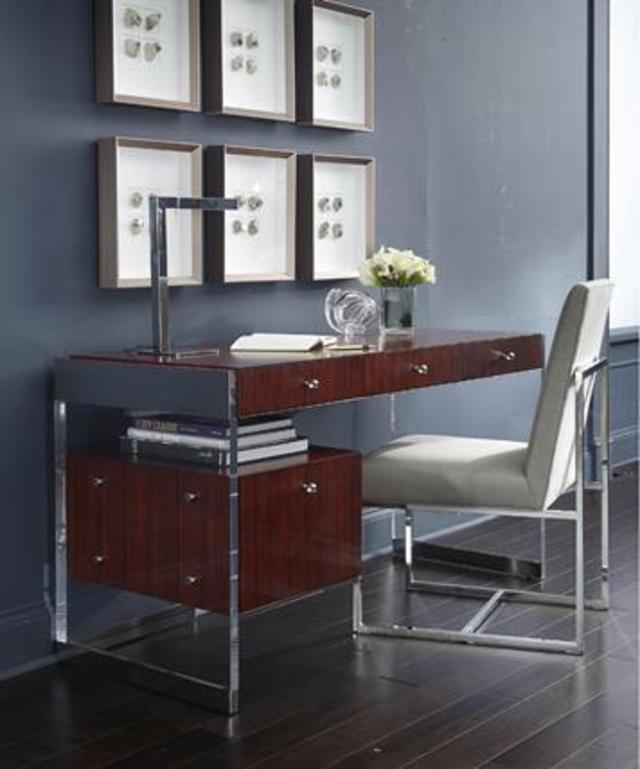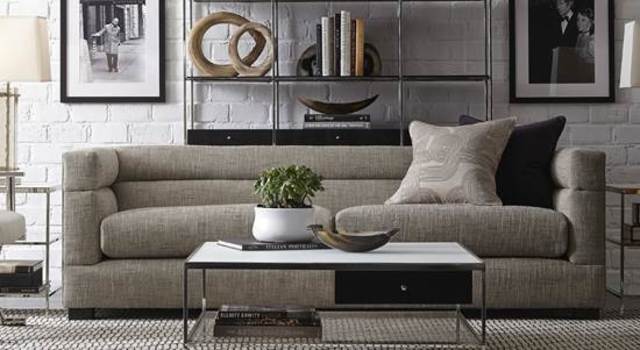Interview: The Design Power Duo Behind Mitchell Gold + Bob Williams

Image: Mitchell Gold + Bob Williams
Since launching in 1989, Mitchell Gold and Bob Williams have built their North Carolina-based furniture company into a high-end powerhouse of luxe comfort, American-made craftsmanship, and an estimated $90 million in annual sales. We interviewed them during a visit to their store in Portland's West End.
In 25 years in business, what trend has changed things the most for you?
MG:When we first started, we decided comfort was paramount. In 1989, there was no manufacturer, no retailer, that used the word comfort. It was all price or style. None of it spoke to comfort. That has really resonated with people, so that’s been a common thread that we’ve made into a trend.
What’s your way of staying on top of things?
MG: We don’t use focus groups. Our focus group is ourselves, in our own homes and what we would like to live.
BW: But we do look toward what’s happening in pop culture. Movies, fashion, music, television—those are the big barometers. Some things are really out there and progressive. There are things that are a little bit more mainstream. So we try to find that sweet spot between the two.
How do you take those insights and incorporate them into design?
MG: Well, Bob has a team of six designers working for him, and he really decides, with each of the specialty leaders. They go “okay now we have all of these ideas, what are we going to start to do? What are we drawing on, what are we going to make up.”
Bob, as the leader of that team, what’s your preferred way to stoke that conversation?
BW: I try to get them to not just do what they feel or think people want. How do they want to live? What are they seeing? When we have this conversation and we start asking questions and going back and forth, they’ve got answers and reasons and why they like things, and they’re not just sitting there and coming up with something. It can be as simple as “tell me three reasons why this is great.” Why do you think this is on trend? Why do you think this is something that we need to work on?

Image: Mitchell Gold + Bob Williams
What are you noticing lately?
BW: Believe it or not, the reintroduction of brass. It was so popular, especially in the ‘70s up into the early ‘80s, like a lot of things that went out of vogue. A couple years we kind of noticed that brass was going to become popular again, a resurgence. We started looking at and trying to find manufacturers.
The young hipster ladies of Portland are basically clad in brass. People want brass more than they want gold.
BW: A couple years ago we started seeing old brass cocktail tables becoming very, very popular in antique stores. Those are the little hints we’re looking for.
What drives that sort of thing?
BW: If you see a movie like American Hustle, where she’s wearing things, like a furry collar, that is the same Tibetan wool that we have on ottomans and pillows. Those are subtle influences. People come in and they see something. “I like that.” They don’t even remember where the influence comes from, but there’s something that triggers it.

Image: Mitchell Gold + Bob Williams
This neighborhood, the West End, has become a great retail neighborhood. It wasn’t necessarily that when you guys opened.
MG: Tell me about it.
What sorts of places do you look for?
MG: It depends on the city. In Tysons Corner, Virginia, which is a suburb of DC, there’s no such thing as this kind of environment. So we’re in the premier mall there. This spot in Portland is similar to New York. When we opened our store in New York in Soho, it was the border of Soho, and then across from it was Nolita, which was just starting to happen. Now, we are not on the border but more in the epicenter of that downtown market. In DC, we’re on 14th Street. When we were first there, there maybe two restaurants in the whole area. By the end of next year, there will be 22 restaurants. It's the hottest area in DC. So part of the trick for us is to identify real estate that's going to be the new up and coming area. We come to a city, we look all around. We have a professional, experienced commercial real estate person—he used to work for Ann Taylor and opened 70 stores. He knows every city, he knows the areas, and he can work with local people.
Do you feel like you're generally talking to a consumer that has a sensibility that’s the same, no matter what city they live in?
BW: They have a pretty much modern sensibility. They're stylish.
MG: We're often asked about demographics, especially by financial people. We'll say, “oh, they could be 25 years or 85 years old.” When I say 85, they look at me like I’m crazy. But just the other day I saw a couple in their eighties buying a whole bunch of our furniture. And I was in the New York store, and this little older woman was working with a design person in the fabric area. Do you know who Edith Windsor is? She was the plaintiff in the Supreme Court case that rejected the Defense of Marriage Act. She was like the Rosa Parks of the gay rights movement. She was 83 years old buy dining room chairs in blue mohair. And I was like “you go for it!”

Image: Mitchell Gold + Bob Williams
Your company emphasizes domestic manufacturing, family benefits, staff professional development—surely, there must be a cheaper way?
MG: I would contend that it's more cost effective and profitable. Our accounting firm does a lot of furniture manufacturing companies. They issue statistics every year. We have the highest productivity per employee, the highest profitability per employee, the lowest turnover rate in staff.
BW: Those are things that a lot of businesses calculate as an expense because they can't put a dollar value on it. It's one of the things I learned early on in my first job. I worked for a publisher. I know that on the balance sheet, I was an expense, not an asset. Even now, I'm very fortunate that I have a partner who views design as an asset and not as an expense, always trying to cut.
What keeps you fired up?
MG: After all these years, I still get so excited every market with a new collection. I'm always so curious to see it and expose it. Opening stores has really been exciting.
BW: When the business started out, it was designing dining room chairs. Now it's so much more than that. I also know what we're going to be doing in six months and plotting for a year from now, a year and a half from now, two years. So it's that next thing.
You live in the future.
MG: Sometimes, you don't know when you are—not where you are, but when.
